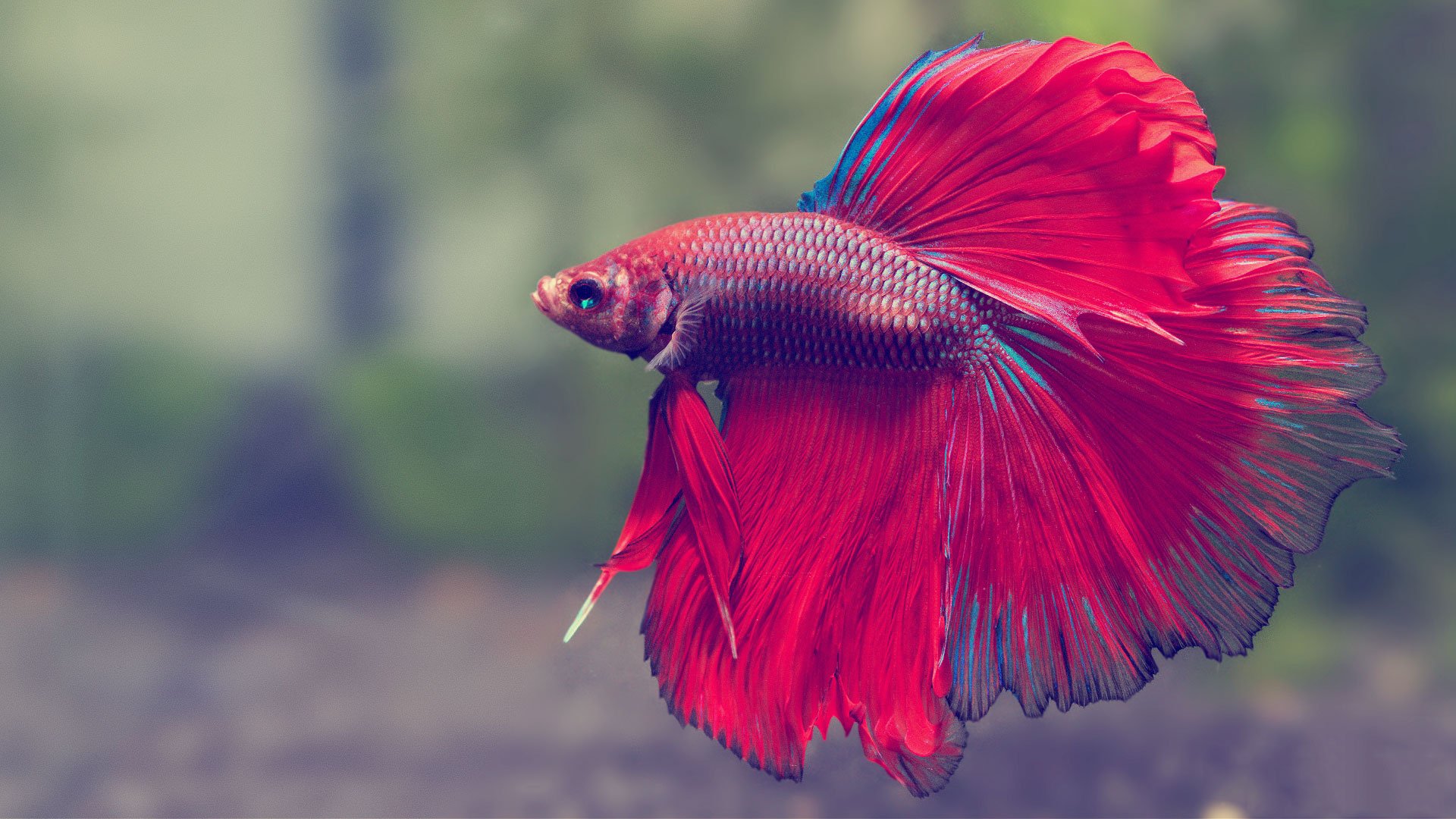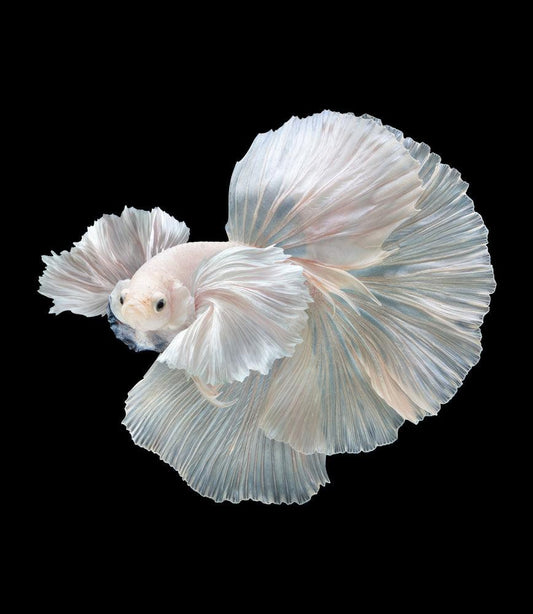Reproducing Betta Fish: a Comprehensive Step-By-Step Guide to Efficiently Raising Infant Bettas From Eggs to The Adult Years
Reproducing Betta fish is a meticulous venture that calls for mindful preparation and implementation to make certain the successful advancement of fry from eggs to mature fish. As the male Betta faithfully constructs a bubble nest and guards the precious eggs, the succeeding phases of treatment and shift demand interest to detail and knowledge of best methods.

Choosing Breeding Pairs
When embarking on the trip of reproducing Betta fish, selecting the right reproduction pairs is vital to accomplishing desirable attributes and a healthy and balanced lineage - betta fish. The primary step in this process is to determine the specific traits you want to enhance or maintain, such as color, fin kind, and physique. It is important to select genetically diverse pairs to avoid inbreeding, which can bring about health problems and unfavorable characteristics
Examine potential reproducing prospects very carefully. A healthy male Betta must exhibit vivid shades, an active demeanor, and well-formed fins, while the woman must likewise present vibrant coloration and a rounded stubborn belly, indicating readiness for spawning. Observing the character of both fish is essential, as hostile or overly timid individuals may not breed efficiently.
Maintaining documents of the moms and dad fish's origins can aid you track hereditary traits and prospective problems. Eventually, investing time in the choice process will dramatically enhance the likelihood of producing strong, vibrant offspring that fulfill your reproduction goals.

Preparing the Reproduction Container
Developing an ideal reproduction atmosphere is a key action after choosing suitable sets for Betta fish. The breeding container should be particularly created to offer comfort and stimulate the all-natural breeding actions of the fish. Beginning with a storage tank dimension of at least 10 gallons to make certain appropriate area for both the man and women Bettas.
Maintain a mild filtration system to maintain the water clean while preventing solid currents that can worry the fish. Furthermore, an air stone can be contributed to offer oxygenation without interfering with the water surface excessive.
Temperature regulation is essential; goal for a stable variety of 78-82 ° F(25-28 ° C) using a reliable heating unit. The pH degree should be preserved between 6.5 and 7.5, and routine water adjustments are necessary to make sure high water quality.
Include floating plants or spawning sponges to develop concealing places for the female, while likewise urging bubble nest structure by the man - betta fish. Make certain the tank is free from sharp decorations and any possible hazards, as the welfare of the fish should always be prioritized during this vital phase of breeding.
The Breeding Process
Normally, the reproducing procedure click for more for Betta fish entails a collection of distinctive and visible actions that show preparedness for recreation. The male Betta begins by developing a bubble nest at the water's surface, which serves as a site for the fed eggs. This nest is critical, as it provides a safe environment for the eggs until they hatch out.
Once the nest is established, the male will present courtship actions, such as flaring his fins and showing lively shades to attract the woman. The woman, upon noticing the man's preparedness, will certainly respond by displaying upright red stripes along her body, signaling her receptiveness.
When the female approaches, the male involves in a mating dance, commonly bring about an embrace recognized as the "spawning." During this welcome, the woman releases her eggs, which the male feeds quickly. The fertilized eggs then drop to the bubble nest, where the male meticulously gathers and returns them to the nest. Following this, the male presumes obligation for protecting the nest and making certain the safety of the eggs until they hatch out, commonly within 24-36 hours. This stage is critical in the reproducing process, laying the foundation for effective fry advancement.
Taking Care Of Betta Fry
Caring for Betta fry needs mindful attention to their environment and nourishment to guarantee healthy and balanced development and growth. After hatching, Betta have a peek at this website fry are incredibly little and prone, demanding a secure and clean habitat.
Feeding Betta fry is equally vital. They should be supplied infusoria or finely crushed premium fry food, as their mouths are as well little to manage bigger bits. As they expand, you can slowly introduce larger foods, such as baby brine shrimp or powdered flakes, to guarantee they obtain adequate nourishment. Feed them tiny amounts several times a day, taking care not to overfeed, which can result in water quality issues.
Transitioning to Adult Bettas
As Betta fry mature, transitioning them to grown-up Bettas is a crucial phase that calls for cautious administration of their setting and social communications. This process usually begins when the fry get to around 6 weeks of age, Resources at which factor they can be progressively introduced to a more organized living atmosphere.
To promote this shift, it is vital to guarantee that the water criteria-- such as temperature, pH, and ammonia degrees-- are optimal and secure. Adult Betta fish prosper in warm water (around 78-80 ° F) with a pH of 6.5 to 7.5. Progressively accustom the fry to these problems to reduce stress.
Social communications are an additional essential variable; male Bettas are infamously territorial and hostile. It is recommended to different men right into specific tanks as they grow. Women Bettas can be housed together, however treatment ought to be required to keep an eye on for indications of aggression.
Furthermore, dietary adjustments must be made as the fry expand. Integrate top quality pellets and live foods to sustain their growth and health and wellness. By handling these aspects effectively, you can promote a successful shift to adulthood for your Betta fish.

Conclusion
Effective breeding of Betta fish calls for mindful attention to information throughout the entire procedure, from picking genetically varied pairs to providing optimal treatment for fry. In addition, a well balanced diet regimen and gradual adaptation to adult environments are essential for the development and growth of Betta fish.